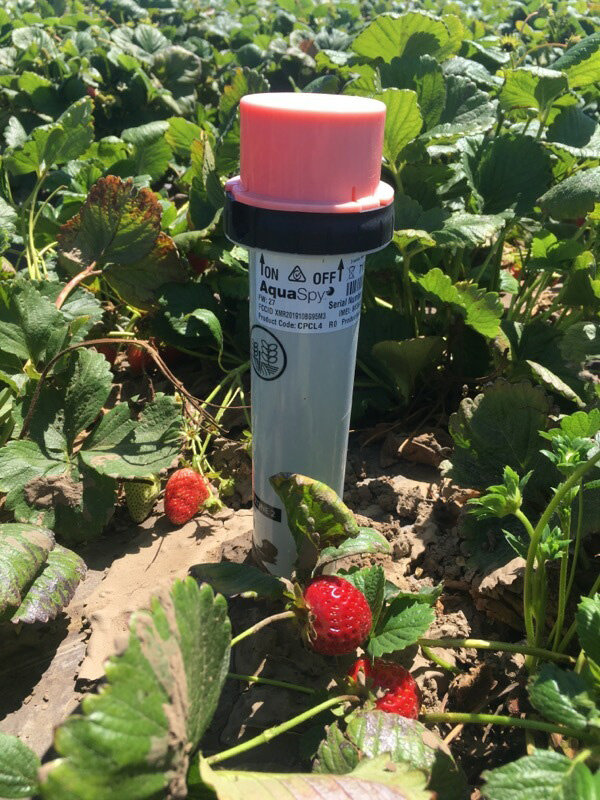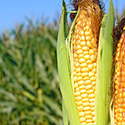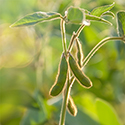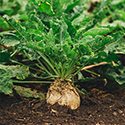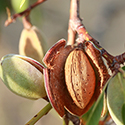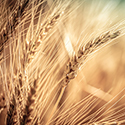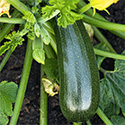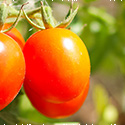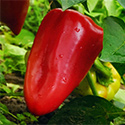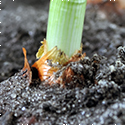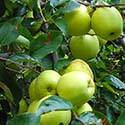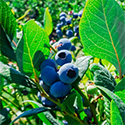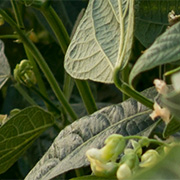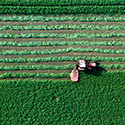Better strawberry farming strategies
- Despite their name, strawberries aren’t technically berries. Berries are simple fruits stemming from one flower with one ovary. Strawberries, on the other hand, are derived from a single flower with more than one ovary, making them an aggregate fruit.
- Botanists call the strawberry a “false fruit.” A strawberry is actually a multiple fruit that consists of many tiny individual fruits embedded in a fleshy receptacle.
- Considered members of the rose (Rosaceae) family, strawberries give off a sweet fragrance as they grow on bushes.
- As perennials, strawberry plants will grow back year after year. Plants typically last up to 5 years once they produce fruit.
- The average strawberry has 200 seeds.
- A strawberry flower averages 5 to 7 petals.
- Strawberries are the first fruit to ripen in the spring.
- Strawberries contain beneficial amounts of vitamin C, potassium and fiber, as well as block cancer-causing substances.
- 94% of American households consume strawberries.
- According to the USDA, Americans eat 3.4 pounds of fresh strawberries annually. They also eat another 1.8 pounds of frozen strawberries annually.
- The strawberry is made of 91% water.
- Garden strawberries were first bred in the 1750s in Brittany, France.
- There are approximately 103 different species and subspecies of strawberries.
- 1 acre of land can grow about 50,000 pounds of strawberries.
- Farmers hand-pick each plant every 3 days.
- Ancient Romans believed strawberries had medicinal powers, using them to treat depression, fever and sore throats.
- Native Americans were among the earliest people to eat strawberries. They introduced European settlers to the fruit.
- Never rinse cut strawberries under water until they are ready to eat; it speeds up spoiling.
- There is a museum in Belgium dedicated to strawberries.
- Some experts suggest the “straw” part of the strawberry name relates to each seed’s appearance as a little piece of straw. But the most likely explanation is that the berries grow in wild patches, strewn over the ground where the seeds drop.
- The heaviest strawberry weighs 8.82 ounces or 250 grams and was grown by Koji Nakao in Japan and recorded by Guinness World Records in 2015.
Growing strawberries
- Mix compost or organic matter into the soil when planting.
- Strawberry plants are tolerant of soil acidity but prefer soil with a pH of 5.4. to 6.5.
- There are three different types of strawberries: June-bearing, overbearing and day neutral. June-bearing are the most flavorful.
- Strawberry seeds can grow into new strawberry plants, but most instead reproduce through runners.
- The perfect temperature for strawberry plants is between 55- and 78-degrees Fahrenheit.
- Weather, variety and ripeness influence strawberry flavor.
- Strawberries are typically ready for harvest in April, May and June, depending on location. In Texas and Florida, peak strawberry season is in April, while in the rest of the South it tends to peak in May. In northern states, peak season is closer to June.
- The average strawberry plant will produce up to 1 quart of strawberries per plant when it good production mode with good growing conditions and estimating a 3 to 4 week harvesting season.
- The price for fresh market strawberries is $1.60 per pound. The processed price is 30 cents per pound. Total gross income is typically $21,440 per acre.
The strawberry growing market
Strawberries are grown in every single U.S. state and Canadian province.
California produces 75% of the strawberry crops in the U.S., which amounts to approximately 23,000 acres and 1 billion pounds each year. Florida is second in production with 5,000 acres and North Carolina ranks third with 1,600 acres.
In 2017, the average strawberry yield per acre was 50,500 pounds.
Over the last two decades, the U.S. strawberry market has enjoyed an upward trend in per person consumption. Experts credit this to consumers being more aware of how important it is to eat healthy.
In 2020, the U.S. had a utilized production of 4,510 tons valued at $2,228,950. In 2020, the average grower price for fresh strawberries was $106 per hundredweight.
Strawberry farming challenges
Strawberries grow best in loamy or sandy soils. Prior to planting, prepare the soil by incorporating 2 to 3 inches of compost or other organic matter to a depth of at least 12 inches. Organic matter helps improve soil structure, its water-holding capacity and nutrient capacity.
Plant strawberries 1½ inches apart in rows about 4 feet apart. They require 6 to 10 hours a day of direct sunlight.
Strawberry yield is very sensitive to weather conditions. Extreme high and low temperatures can reduce yields.
A ban on the product most used for strawberry pest and disease control has created additional challenges for growers. To thrive, growers are trying alternative controls and resistant varieties.
Other problems like leaf browning, leaf yellowing, stunted growth, leaf spot and leaf curling can be addressed through better watering.
Experts suggest farmers can add value to fresh strawberries by starting U-pick operations where customers harvest the produce themselves. This saves farmers labor costs during harvesting, as well as eliminates grading, storing and packing. To do this, the site must be appealing and convenient to customers and offer a farm stand with already picked produce for people who don’t have the time or ability to pick strawberries themselves.
Contact AquaSpy
AquaSpy Crophesy for strawberries
With a Crophesy annual subscription, you receive a free simple, three-sensor, wireless, soil moisture probe. Place these rugged, water-tight probes throughout your strawberry field and connect them to the app via your smartphone.
Then you can instantly monitor soil and crop health for all of your strawberries. And if you want to test the soil in other areas, you can quickly and easily move the moisture probe, which is battery-powered and provides season-long insight.
While you can look at the visual analysis of leaves, spending hours in your field, Crophesy enables you to open your app from anywhere and show you what kind of nourishment is available in your soil at your strawberry crop root depth. With this data, you can determine when the active root zone needs vital nutrients.
In addition to nutrient data, the Crophesy app can show you:
- Moisture consumption at the root level
- Salinity level in the active root zone
- Root depth
- Soil temperature near the sensors
- Irrigation depth
And it tells you all this without you having to step foot in your strawberry field.
